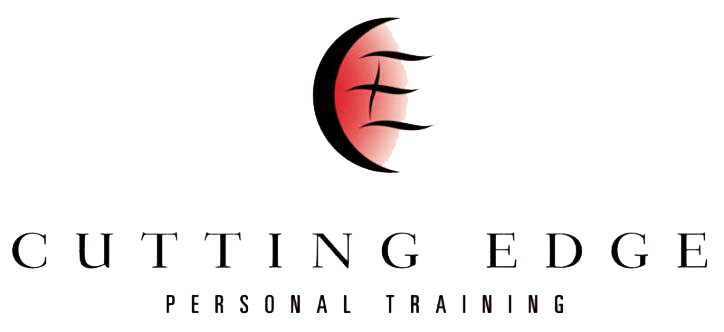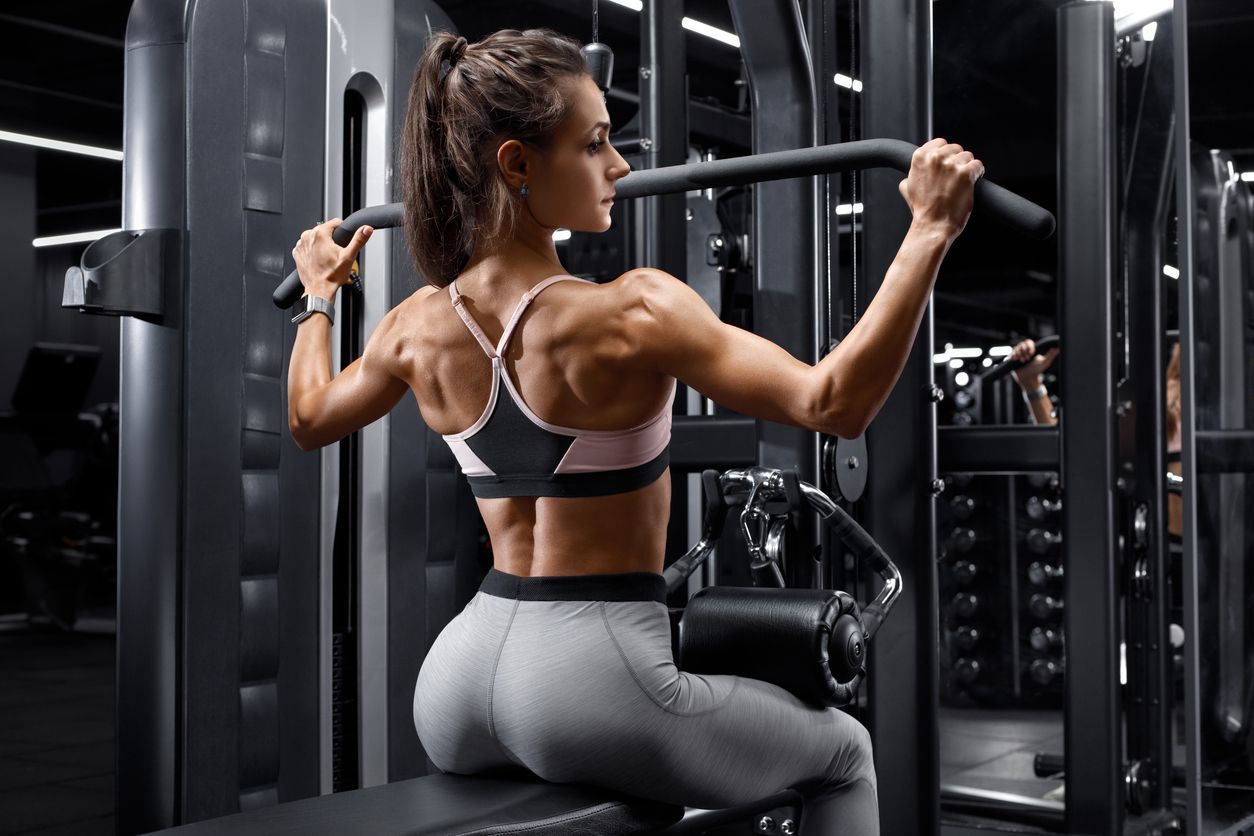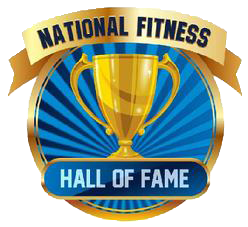July 23, 2024
Staying Ripped After 40: A Nashville Personal Trainer's Guide
Maintain Muscle As You Age
Maintaining impressive muscle mass and strength beyond your forties is entirely achievable but requires deliberate choices and actions. Adopting the right lifting routine and nutritional strategies will lead you to success. Here's how to stay in peak condition as you age, with insights from a Nashville personal trainer.
Aging and Fitness: An Unavoidable Challenge
Aging may be inevitable, but looking and feeling like you’re past your prime doesn’t have to be. Those who prioritized fitness in their younger years can enter their forties in top form. Yet, even if you’re just starting now, there’s plenty you can do to achieve the best shape of your life. Whether you’ve been a gym regular for years or are just beginning, adapting your strategies is essential.
Shifting Your Mindset: New Goals for Midlife
As you age, it's crucial to update your mindset and approach. Terms like "bulking" and "cutting" might need to be replaced with "maintenance" and "incremental gains." Building muscle post-40 is different due to hormonal shifts.
In your twenties, your body's response to training and nutrition is at its peak. However, after 30, anabolic resistance sets in, making muscle building more challenging.
Understanding Anabolic Resistance
Until your late twenties, your body's hormonal response to training is heightened, aiding in muscle growth. After 30, most people experience a gradual decline in their response to exercise and protein intake. This phenomenon, known as anabolic resistance, means that hormones are less responsive to training stimuli, making it harder to build and maintain muscle.
Managing Chronic Inflammation
A critical component of staying fit after 40 is managing chronic low-grade inflammation. Persistent inflammation can impede muscle growth and contribute to numerous diseases. Reducing inflammation supports a robust immune system, enhances recovery, and promotes overall health.
1. Incorporate High-Quality Fish Oil
Fish oil is essential for older adults aiming to build or maintain muscle. It effectively reduces chronic inflammation and enhances muscle protein synthesis. Aim for a daily intake of 2-3 grams of combined EPA and DHA from fish oil capsules or liquid. While eating salmon and other fatty fish a few times a week can provide similar benefits, for the non-frequent fish eater, supplements are a convenient way to ensure you get enough essential fatty acids without complicated meal prep.
2. Try Intermittent Fasting
Intermittent fasting, particularly the 8:16 method, can help many individuals reduce oxidative stress and inflammation. This eating pattern involves consuming all meals within an 8-hour window and fasting for the remaining 16 hours. It aids in balancing the body’s stress response, which is crucial for recovery and maintaining muscle. However, ensure you have a nutritious meal before and after workouts to maximize muscle retention and growth.
Intermittent fasting is especially beneficial for older adults. While younger individuals might need constant caloric intake for muscle growth, those over 40 benefit from the anti-inflammatory and insulin-sensitizing effects of fasting. This approach helps manage body weight and supports overall health.
3. Eliminate (or at least LIMIT) Processed Junk Foods
A diet high in processed foods, sugars, and trans fats promotes inflammation. Focus on a diet rich in vegetables, fruits, and lean proteins. Opt for minimally processed carbs like rice, oatmeal, and quinoa. Avoid hyper-palatable junk foods that contribute to chronic inflammation and hinder muscle growth.
Making healthy food choices is essential. Processed foods often contain additives and preservatives that can trigger inflammatory responses. You can significantly reduce inflammation and improve your overall health by eliminating these from your diet.
The Role of Exercise in Aging
Strength Training
Regular strength training is vital for maintaining muscle mass and strength. Aim for at least three sessions per week, focusing on compound movements like squats, deadlifts, rows, and bench presses. These exercises engage multiple muscle groups and promote overall muscle growth. As you age, it's crucial to listen to your body and adjust the intensity and volume of your workouts to prevent injury and ensure recovery.
Cardiovascular Exercise
Incorporating cardiovascular exercise is also important. Walking, cycling, or swimming can improve heart health, aid in fat loss, and enhance overall fitness. Aim for at least 150 minutes of moderate-intensity or 75 minutes of high-intensity cardio per week. Combining strength and cardiovascular training provides a well-rounded fitness routine that supports muscle maintenance and overall health.
Optimizing Recovery
Recovery becomes increasingly important as you age. Ensure you get adequate sleep, as it is crucial for muscle repair and growth. Aim for 7-9 hours of quality sleep per night. Additionally, consider incorporating techniques like foam rolling, stretching, and massage to aid recovery and prevent injuries.
Conclusion
Maintaining muscle mass and overall fitness after 40 requires smart choices and consistency. Regular lifting, managing inflammation through diet and supplements, and healthy food choices are key. While we can't halt aging, we can undoubtedly slow its effects and remain in peak condition for as long as possible.
For personalized guidance and to explore more fitness strategies, consider working with me, one of the nation’s top personal trainers (shameless plug). Whether you’re looking for personal training in Nashville or need guidance on your fitness journey, expert support can make all the difference in achieving your goals. With the right mindset and strategies, you can stay ripped and enjoy a healthy, active life well into your forties and beyond.
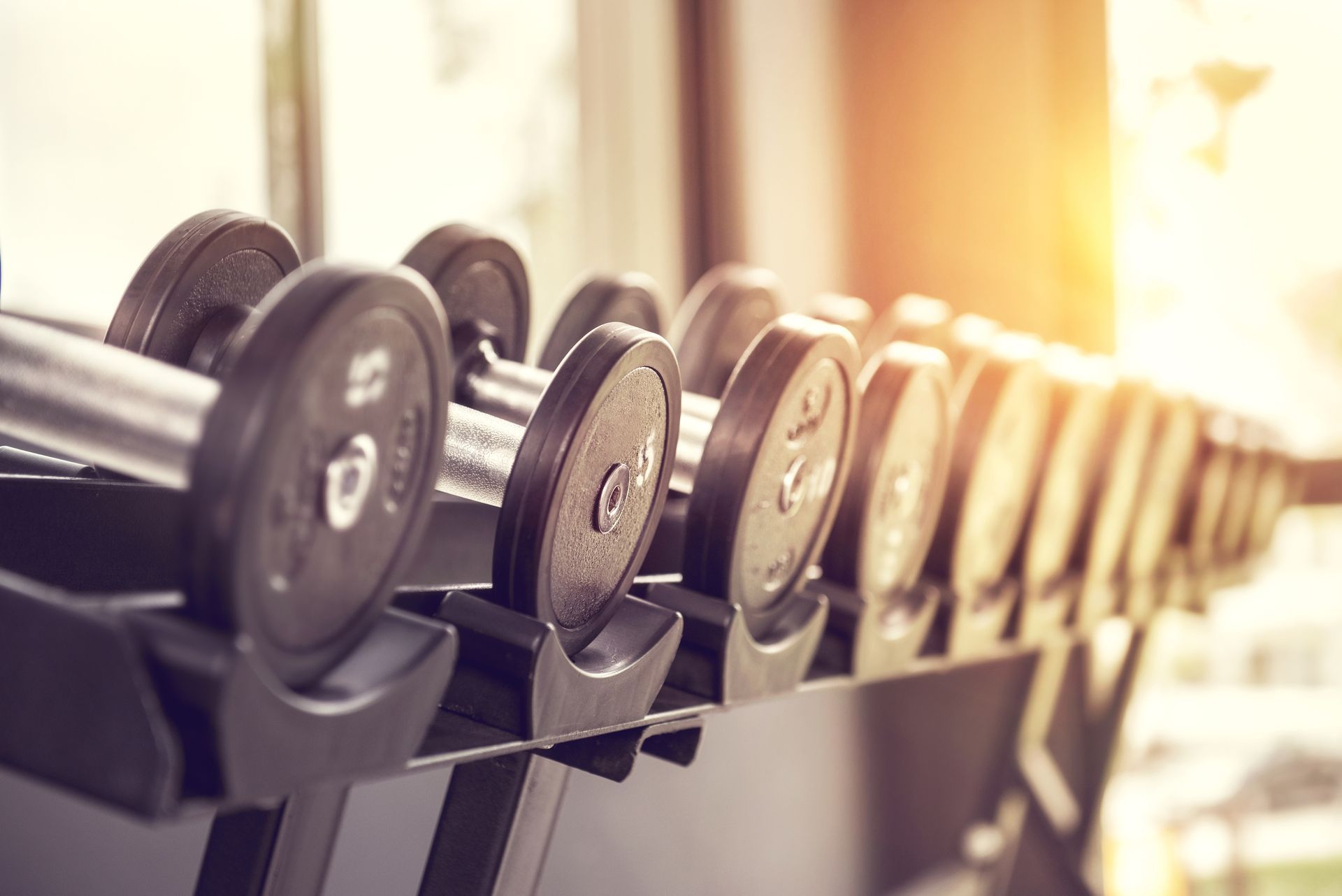
Get started - footer
We will get back to you as soon as possible
Please try again later
All Rights Reserved | Cutting Edge Personal Training | Privacy Policy
